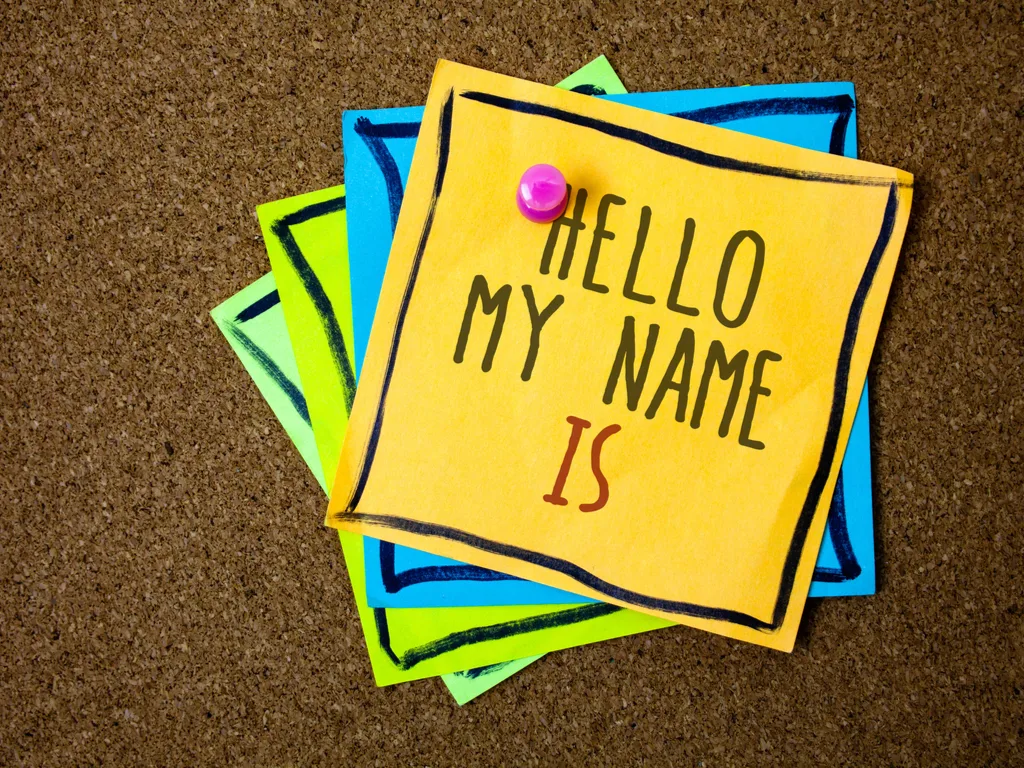
Unique baby names are on the rise, and the most popular baby names are getting increasingly less popular. For years now, parents have sought out increasingly original names to give their newborns. There are fewer Carl’s and Susan’s and far more Jaydens and Chloes. The trend is stark.
According to data collected by the Social Security Administration, the most popular baby boy’s name in 1950, James, was given to more than 843,000 children while the most popular girl’s name, Mary, went to more than 625,000. By the 1990s, the number one boy’s name of Michael only went to 462,000 kids, and only 303,000 girls were given the most popular name of Jessica.
In the 2010s, the most popular boy’s name has been Noah and the most popular girl’s name has been Emma. However, only 162,000 boys and 177,000 girls respectively bear those names. In 2018, more baby girls were named Khaleesi — from the hit TV show and “Game of Thrones”— than Gloria, Anne or Julie. It seems that the names of our grandparents and great-grandparents have been abandoned. But why are today’s parents turning away from traditional names in droves?
There’s no single reason why unique baby names are on the rise. There are multiple reasons, all reflecting how the nation at large is changing.
Increased Diversity Widens Options
Not all the new names parents are giving their children are brand new, per se. Many are names imported from other cultures. The United States is getting much more diverse, and that’s reflected in the latest baby boy and girl names. In the 1950s, non-Hispanic whites made up 87.5 percent of the population. Today, that number is at 63.7 percent. As a result, non-English names are rising in popularity.
For example, the biblical name Mary has remained one of the most popular American girl’s names for well over a century. It was the number one name for years. In the 1950s, it ranked between first and second place. Today, Mary is ranked at 126th place. Maria, the Latin equivalent of the same biblical name, surpassed the name Mary in popularity in 1998. It was ranked 116th most popular girl’s name in 2018.
Immigrants coming to the U.S. are less likely today to change their names than they were in the 19th and 20th centuries. They’re also more likely to give their own children named with ties to their own culture, rather than Americanized names. This may be due to an increased sense of acceptance regarding multiculturalism.
Immigrant parents might be more confident in the modern era that a child named Ximena or Barack can successfully navigate through life without being discriminated against due to their name. Successful celebrities like Lupita N’yongo and Renée Zellwegger have opened up the possibilities for Americans who want to use more unique baby names.
Popular Culture Has a Noticeable Effect
People have always named their children after famous and successful individuals — that habit is not new. The name Elizabeth has remained one of the top ten most common girls’ names in the United Kingdom in the 500 years since Queen Elizabeth I was crowned, and every name in the Bible has certainly received its fair share of use.
However, as technology shrinks the world and original content gains traction, people have more sources of inspiration to pluck unique baby names from.
For example, the name Samara was a relatively unpopular girl’s name for years, hovering at 929 on the popularity list in 2002. However, it jumped to 456 in 2003, and then 365 in 2004, rising as a popular girls’ name for several years before peaking. The reason? Samara was the name of the antagonist in the popular October 2002 horror film “The Ring.”
The name Kairi appeared on the charts for the first time in 2010, the first year the character of the same name appeared in the Kingdom Hearts video game franchise, and it has grown in popularity ever since. Arya also appeared on the charts in 2010, just as the character Arya was set to appear in a TV adaptation of the widely read book series, “A Song Of Ice And Fire.” As the TV show has grown in popularity, so has the name, soaring from the 942nd spot in 2010 to the 119th spot in 2018. In other words, parents looking for unique boy names or girl names have more options than ever to choose from.
Millennial Parents Are Branding Their Kids
Throughout history, some generations have been more interested than others in finding unusual baby boy or girl names. According to an analysis of SSA records from 1880 to 2007, “common” names became more common in the 1920s to the 1940s, indicating parents were less interested in unique names. However, baby boomers reversed that trend, and every generation since has become increasingly creative with their baby names.
Today’s millennial parents are taking it a step further. They’re searching for girls’ and boys’ names uncommon enough to make their kids stand out as a brand. More children are being named after food, nature and names their parents can get web domains for. Millennial parents are consciously developing their children’s brands before they’re even born, posting photos of ultrasounds and documenting their pregnancies through social media.
Creating a unique identity for their child becomes part of that. Some parents, eager to find a unique boy or girl name, will purposely misspell common or trendy names to come up with their own one-of-a-kind spelling. That’s reflected in the name trendy name Jayden and all its variations — Jaden, Jaiden, Jaydyn and more. Whether the trend of misspelled baby names to land unique URLs will continue is up in the air. Plenty of naming trends have come and gone in the United States — the name Jennifer exploded on the scene in 1970 before disappearing almost entirely in 1984.
The trend of increasingly diverse names, however, appears to be growing. John and Mary are gone. Tristan, Kaylynn and Khaleesi have taken their place.



